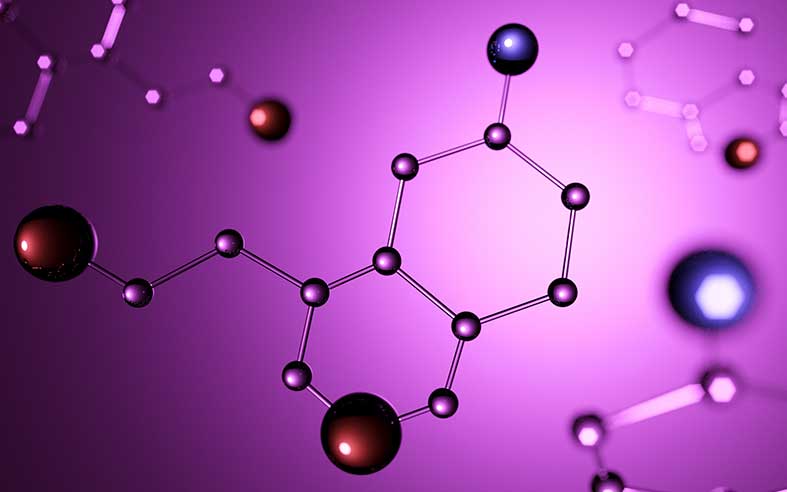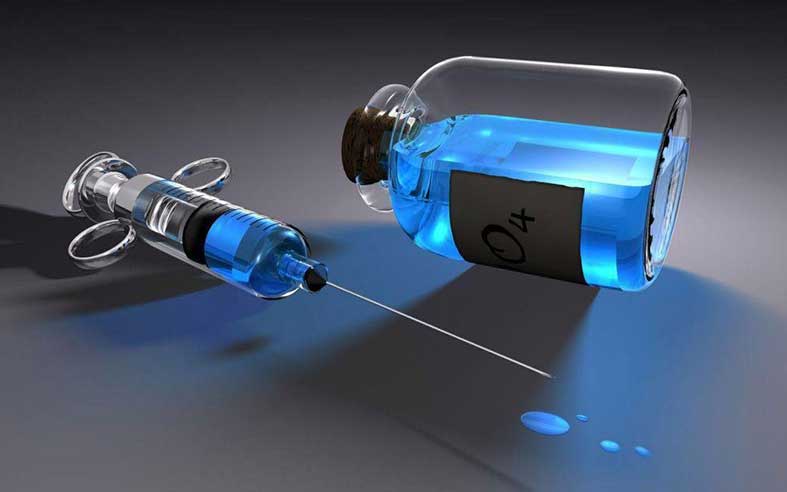Aprin Farmed
__
Active Ingredients of Peptide-based Radiopharmaceuticals
Radiopharmaceuticals used to diagnose and treat a variety of diseases, such as cancerous tumors, are divided into three categories.
- FDG-based radiopharmaceuticals: Due to their glucose structure, have a high tendency to bind to the cells with a high glucose consumption. Therefore, since cancer cells consume a high amount of glucose, these radiopharmaceuticals bind well to cancer cells. Although this absorption also happens in non-cancerous cells because they also consume glucose to a certain extent. Consequently, they don’t have a specific function. So, the use of these radiopharmaceuticals does not provide high-quality images to oncologists, and if they are used for therapeutic purposes, side effects are more likely.
- Antibody-based radiopharmaceuticals: Due to their special structure, these radiopharmaceuticals have higher specificity for cancer cells than FDG-based radiopharmaceuticals. They have a large three-dimensional structure and therefore can lead to antigenicity and cause allergic complications.
- Peptide-based Radiopharmaceuticals: To produce these radiopharmaceuticals, peptide chains are designed and produced depending on the special receptors that exist on the surface of the target cells. After that, when connected to the desired receptors, the radionuclides reach the target tissue. As a result, peptide radiopharmaceuticals not only have high specificity but also provide higher image and spatial resolution.
On the other hand, compared to antibody-based radiopharmaceuticals, peptides have a smaller structure and lower antigenic levels and incidence of allergic reactions. In addition, unlike FDG-based radiopharmaceuticals, which cannot be attached to a variety of isotopes, this capability exists for peptide radiopharmaceuticals, and this advantage will expand their functional range. All these characteristics have made peptide radiopharmaceuticals to be used as the most effective and up-to-date radiopharmaceuticals for cancer treatment and diagnosis. Despite their wide application in oncology, the use of these radiopharmaceuticals in the treatment and diagnosis of cardiovascular and neurological diseases can also be mentioned.
Peptide radiopharmaceuticals consist of the following three parts:
- Peptide part which is responsible for attachment to specific receptors at the surface of the target cells.
- A chelator that enables the binding of radioisotopes to the peptide part.
- A radioisotope that binds to a peptide according to the diagnostic or therapeutic purpose and by emitting radiation leads to the detection of the location or the destruction of the tumors.



